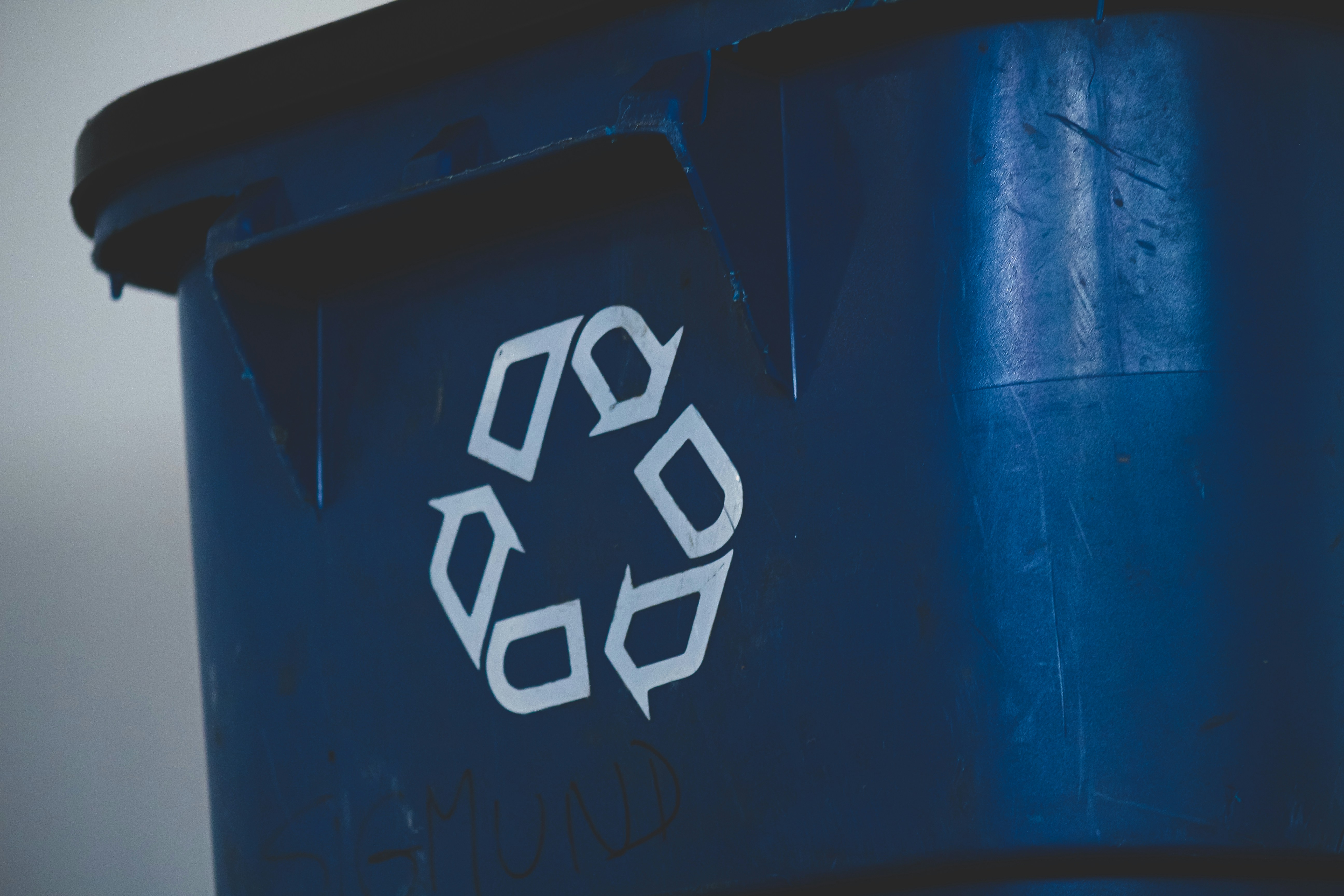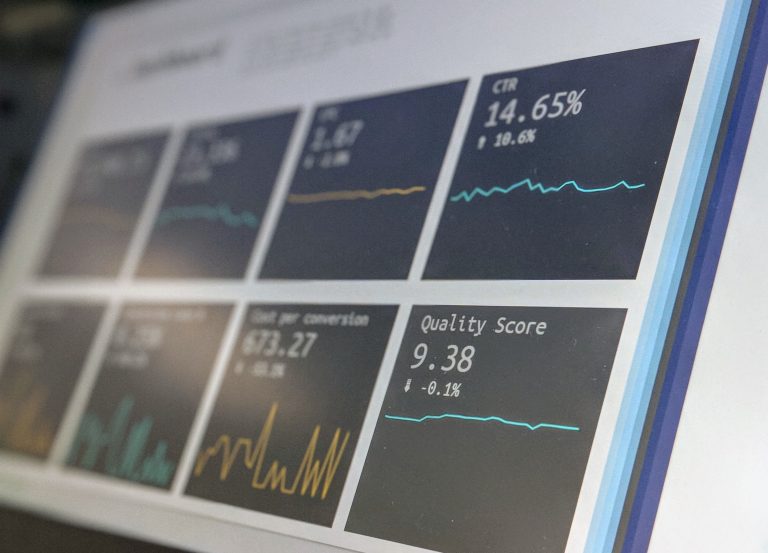From deforestation and recycling to water usage and cleaner energy practices, consumers in today’s environmentally aware climate are growing increasingly concerned with eco-friendly practices across many industries. Before making a purchase or visiting a shop, many customers will research to ensure that they aren’t supporting an establishment that contradicts their environmental beliefs. Restaurant customers are no exception to this trend. They, too, are looking for establishments that are trying to reduce their impact on the environment.
This makes it imperative for restaurants to look for ways to make a change to their operations. Not only is going green appealing to your customers, the current climate, and social trends, it can also help your business cut down on costs by reducing overhead spending on things like utilities, food, and utensils. Going green in your business could seem like a monumental task, however, there are some quick and easy changes that your restaurant can make to reduce its environmental impact. Let’s look at some eco-friendly restaurant trends.
Going Green

Going green is more than just a buzzword. Restaurants everywhere, small and large, are taking steps to go green and make a conscious effort to reduce their footprint. Not only is it good for the environment, however. Going green means that your restaurant could save hundreds or thousands of dollars each year. But what does it mean for a food service establishment to go green? Going green means implementing environmentally friendly systems and solutions that aid a business to reduce its operational impact on the Earth.
Increasingly, more restaurants have started implementing sustainable environmentally friendly practices in all aspects of their operations and supply chains. These establishments are purchasing more local goods, reducing food waste, selling smaller portions, and implementing composting programs among other initiatives. Restaurants are trying to implement their eco-friendly steps based on standards that include all aspects of sustainability from water and energy waste to disposables and chemical usage. Business owners are embracing sustainable practices that the customer values and both the earth and restaurants can benefit from.
Energy and Appliances

In the foodservice industry, going green can be accomplished through numerous practices. The easiest place to start is by looking at your business to determine areas where you can make changes. One area where most of us could stand to cut back is on energy usage. Look at your restaurant’s monthly energy bill, and determine where you’re consuming the most power. You’ll probably find that a majority of your energy usage is with your kitchen appliances. Refrigerators, stoves, freezers, and your dishwasher could be consuming massive amounts of energy. You could look at modifying your kitchen operations to maximize energy usage, or you might look to the appliances themselves.
If you have old appliances, you might consider replacing them with energy star rated new appliances. The initial cost to replace these appliances might be high, but many states, such as California, offer a sizable rebate program for restaurants that purchase new appliances that are energy star rated. The rebates, energy cost savings, and modified kitchen practices make energy-efficient appliances even more affordable.‚Äã To further your environmentally friendly practices, you could also recycle your appliances rather than send them to a landfill. There many places that will accept old appliances. You could also look at alternative methods for recycling as there are plenty of new uses for old appliances.
Reduced Waste

If you’re serving portions that are too large, customers could end up throwing away large amounts of food that end up in the trash or garbage disposal. Another issue that many restaurants run into is inventory management. If carefully managed, the food in your inventory could expire before use and result in more food waste. To prevent food waste, some have implemented the First In, First Out method with carefully placed labels and up to date inventory information. It would also help to conduct a food waste audit and implement portion control methods.
Inevitably, there will be leftover food. There are some creative ways that food scraps and overripe foods can be used to prevent food waste. As an example, vegetable scraps could be used to create a homemade vegetable broth. Also, many restaurant owners have discovered that overripe fruits can make the perfect sweetness and texture for baked goods. Using a little creativity can help save money, prevent waste, and incorporate sustainability into your operations.
Reusables and Recyclables

Other areas of wastes that restaurants are looking at are how food is made and consumed. Many food establishments prepare certain foods by deep-frying them. This of course leads to mass amounts of used cooking oil. Instead of putting it into a sealed container and throwing it away, a majority of restaurants are exploring methods for how to dispose of used cooking oil. One increasingly popular method is to recycle cooking oil. Gallons of cooking oil is now reused and turned into things like biofuel each year.
Additionally, when it comes to food consumption, the traditional practice was to provide patrons with plastic utensils. As time has changed, however, there are now many eco-friendly alternatives to plastic disposables. For example, instead of plastic forks and spoons, there are biodegradable or compostable options that are made out of renewable materials such as sugarcane and bamboo. Additionally, many new regulations in cities and states are mandating that plastic utensils be phased out and replaced with durable eco-friendly alternatives. Many Asian dining restaurants are now even offering disposable chopsticks that can also be recycled.
Other Alternatives
There are numerous small steps that restaurant owners can take to help save the planet and their profits. Savings from low-flow faucets and toilets and energy-efficient lighting options can all decrease your footprint and add up to substantial savings over time. These steps can save energy and water and reduce wastes. Other ideas include things like sustainable decor and even energy-efficient curtains. When it comes to decorating in time for Christmas, for example, you might opt for recyclable materials for your centerpieces and live plants that can be used all year. When you’re opting for cleaning materials, you could opt for eco-friendly chemicals that will both clean and reduce your footprint.
There are plenty of other steps that restaurants can take to go green. Taking measures to run a cleaner, more eco-friendly restaurant will take time and research. Most importantly, you’ll want to do things that are right for your business. Going green, however, will ultimately please your customers and help the planet.





